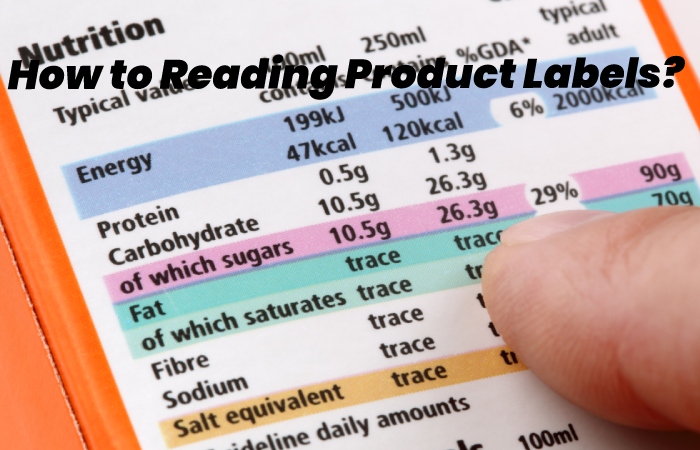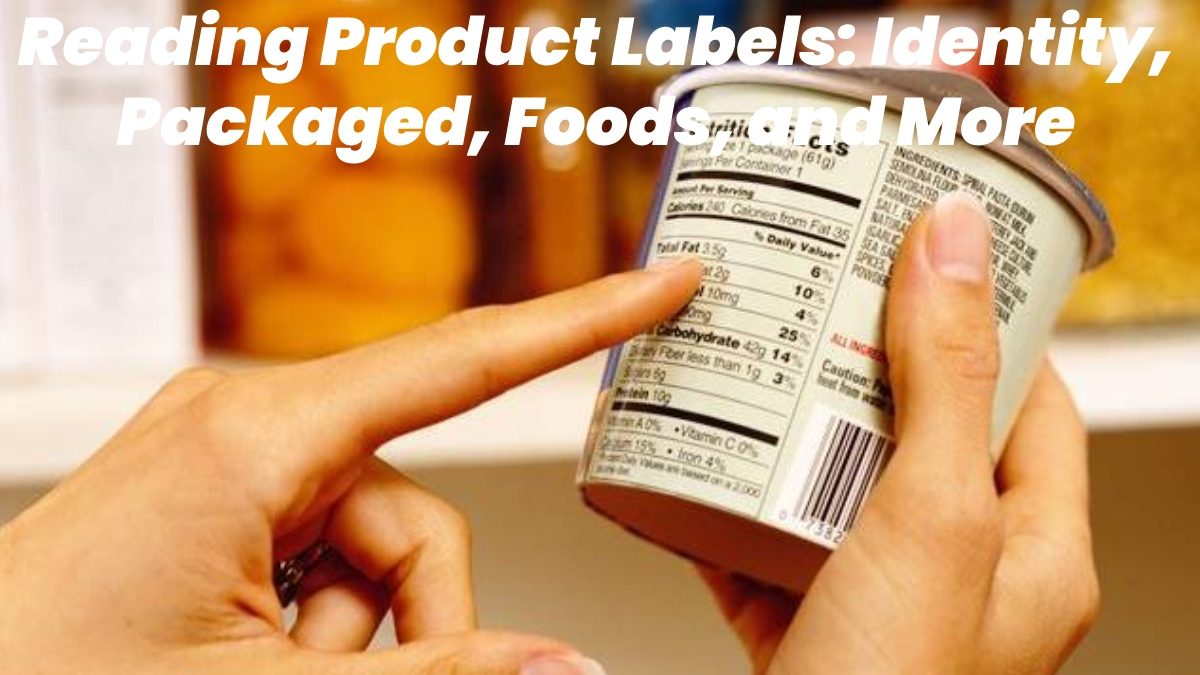Table of Contents
Reading Product Labels
Have you ever wondered what we eat when we consume industrialized products? How often do we choose food for its brand or the design of its labels or packaging? Understanding the nutritional information of a packaged food and its ingredients allows us to know what we are incorporating into our bodies.
What is a Product Label?
Product packages and containers in the United States provide the consumer with information about the nutritional values of packaged foods. This information is used to make decisions about the foods you will buy and that your choices are favourable for your health. Some foods do not come with this information. They are bakery products, vegetables, fruits, fresh meats, and foods produced by small business.
Keys to Identify if a Product is Healthy
All packaged foods and beverages contain information about their composition on their labels. To recognize if they meet our nutritional requirements, we give you some tips to put into practice in front of the gondola:
Read the list of ingredients carefully: all the elements that make up the product must be detailed. Those that appear first are found in a more significant proportion.
Remember what you went to buy: if that food tops the list of ingredients, it is undoubtedly what you are looking for. Does it have more than five components, and you don’t know them all? So it is an ultra-processed product: try to avoid it and prefer more natural foods.
Analyze the nutritional information: it appears in a box that includes the energy value of the product, its macronutrients (carbohydrates, proteins, and fats), and the amount of fibre and sodium. In addition, it can reveal data on vitamins and minerals that exceed 5% of the Recommended Daily Intake (RDI) per serving.
How to Reading Product Labels of Packaged Foods and Beverages?
1. The Size of the Portion
It is indicated in a homemade measure, such as cups or spoons. All nutrition information on the label is based on this measurement. If we eat two servings, we will consume double the calories and nutrients.
2. The Number of Calories
It is the energetic value we obtain when consuming a portion of food. It calculates from the calories provided by carbohydrates, proteins, fats, and other compounds such as alcohol.
The quality is always reflected in the ingredients that compose it. Just because a product is “light” doesn’t mean it’s healthy! It means that some of its nutrients or energy value reduce by at least 25% compared to the original version. It can be “low fat”, for example, and contain more sugars. Therefore, it will provide the same or a more significant amount of calories.
3. Percent Daily Value
It calculates based on a diet of 2,000 calories per day and shows us how much the nutrients in the portion contribute to it.
As energy needs vary from one person to another due to different factors (age, sex, physiological condition, or level of physical activity), this value only serves as a general guide to identify if a food has a high or low percentage of a specific nutrient. If, for example, we need to limit sodium intake, we will try to choose products with a low %DV of that mineral.
4. Nutrients
They are substances present in food, essential for our growth and development. Food-producing companies must declare them in a mandatory way due to the impact they have on long-term health.
How to Reading Product Labels?

Labelling pre-packaged food products and non-alcoholic beverages informs the consumer about these products’ nutritional and energy content (calories). This information is printed on the packages as follows:
Healthy information table, which includes the following elements:
- Portion size.
- Many calories.
Amount and Percent Daily Value (%DV) of:
- Fat
- Cholesterol
- Sodium
- Carbohydrates (sugars and fibre)
- Protein
- Vitamins and minerals
Fat, Cholesterol, and Sodium
Total fats include monounsaturated, polyunsaturated, and Trans-fats. Saturate and trans fats can alter blood levels of total cholesterol and low-density cholesterol (bad cholesterol), so it recommend that the daily caloric intake of total fat is less than 3 grams, cholesterol less than 20 mg and that the trans-fat content per serving processes foods is less than 1%. Unsaturated fats (monounsaturated and polyunsaturated) are healthy in moderation. Sodium refers to the amount of salt that a product contains. The recommendation is to choose products with less than 140 mg per serving. When selecting foods marked “fat-free” and “low-fat,” keep in mind that “fat-free” doesn’t mean calorie-free. Sometimes,
Conclusion
All industrialized foods and beverages sold in markets and warehouses must have a label. We must review these labels to know all the characteristics of the products before buying them and choose appropriately.
By reading the labels, we can know if a product is suitable for our consumption. For this, we verify the clean registry granted by the General Directorate of Environmental Health (Digest).

